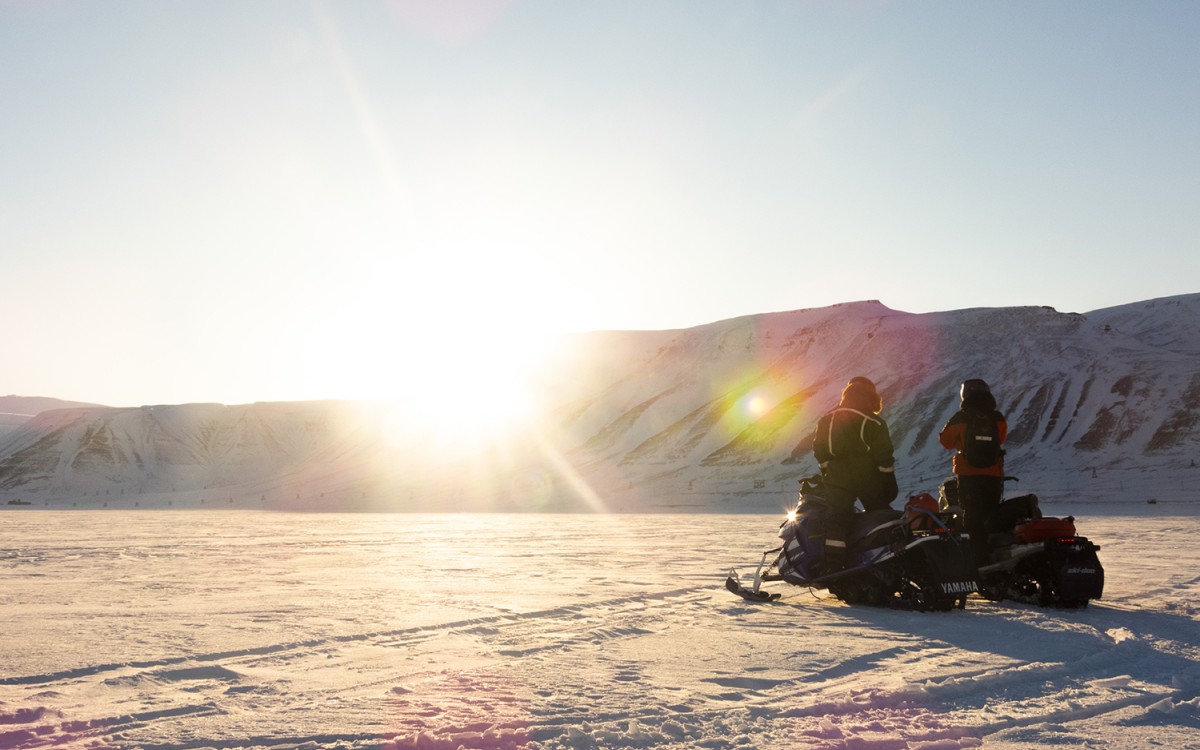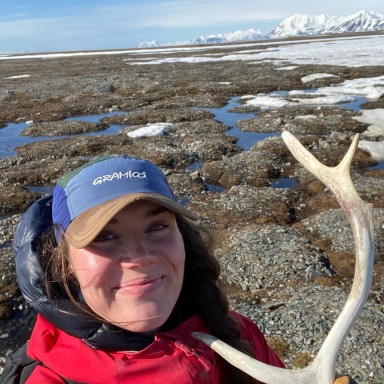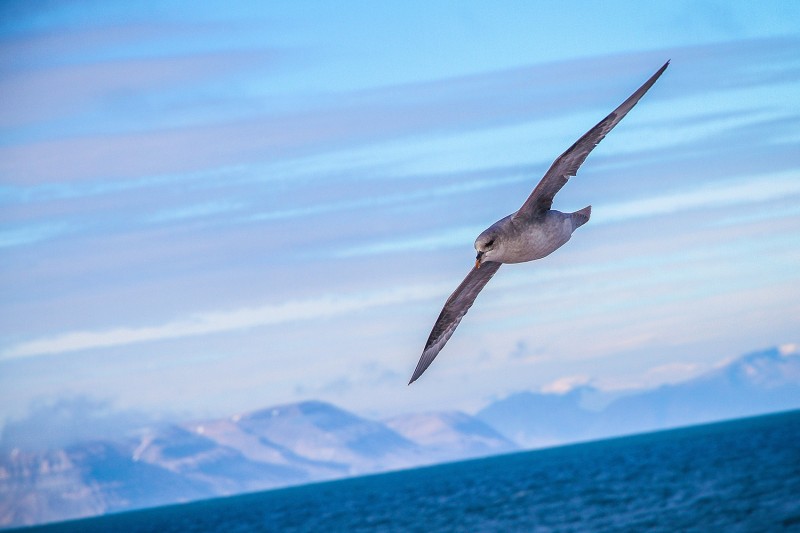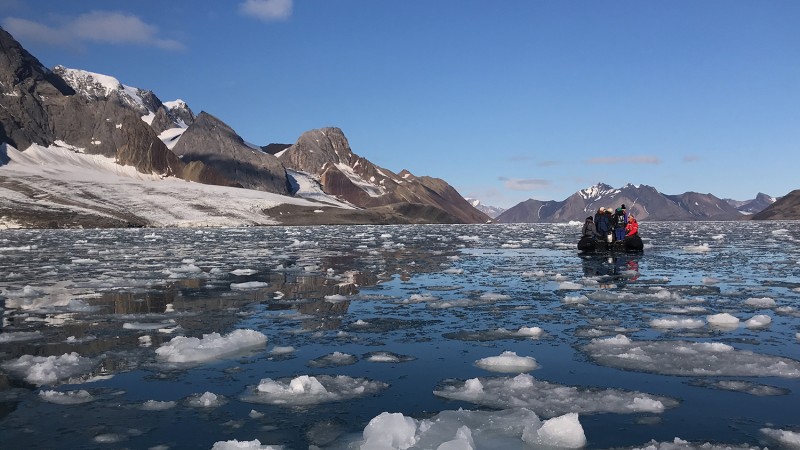Climate change presents new challenges for Svalbard's tourism industry

Tourism in Svalbard is flourishing. At the same time, Svalbard is one of the places on the globe that is hit hardest and fastest by climate change. How can tourism adapt to the new reality?
After the national authorities decided to discontinue most of the coal mining, tourism has become one of the main economic avenues on Svalbard.

- At the same time, we know that the archipelago is particularly exposed to climate change. The snow season is already three weeks shorter than 30 years ago, says senior researcher Anna G. Sveinsdóttir at Nordlandsforskning.
Together with colleagues from Vestlandsforsking and UNIS, Sveinsdóttir has prepared a report, which examines the effects of climate change on the tourism industry in Svalbard. The report is the result of work in the research project "Sustaiable toursim in Svalbard - a balancing act", where researchers and tourism actors work together to understand how tourism in Svalbard can adapt to current and future changes in climate and nature in a sustainable way
- There is a lot of research into climate change on Svalbard, but little has studied how human activity on the archipelago, such as tourism, is affected by climate change, says Sveinsdóttir.
- Our report does just that.
More landslides and more frequent floods
So how does Svalbard feel climate change? One of the effects is that the number of days with snow cover is greatly reduced. At the coast, there will only be a few days of snow cover during the year. Inland and higher-lying areas also get fewer days with snow on the ground. What will this mean for land-based tourism?
Quite a lot, according to the researchers.
- Scooter traffic is forced onto the glaciers, where you are exposed to crevasses and more exposed to bad weather, says Sveinsdóttir.
- Rain in winter can also lead to floods that destroy and close important thoroughfares for snowmobiles, dog sleds, and skiers.

Spieces from the south take over
Natural hazards can in general become a significant problem for tourism. The increase in precipitation leads to more frequent avalanche danger and the danger of landslides and mudslides will also increase and become more widespread.
- Increased winter rainfall contributes to several days with a high risk of avalanches, which will force tour operators to cancel tours in avalanche-prone terrain, for example from Longyearbyen to Barentsburg, says Sveinsdóttir.
At the same time, reduced snow cover will mean that many animal species that are adapted to a polar climate will gradually have to give way to species from the south.
- This is already happening with several polar seabird species, which are now in decline due to climate change, says Sveinsdóttir.
- There are also reports of increased polar bear activity in Isfjorden. Climate and environmental changes also make wildlife more vulnerable to the impact of human activity.
Floodes slopes
Guidelines for future tourism in Svalbard are clear that activities should be concentrated in Longyearbyen, Longyeardalen and Adventdalen. This means that the effects of climate change in these areas are of particular importance for tourism.
The researchers have little good news to offer in this regard.
- The development of tourism products must take into account both the increased risk of floods and mudslides, the increased risk of landslides and the increased risk of avalanches, says Sveinsdóttir.
- In practice, you will not be able to build very much new infrastructure, such as hotels and other accommodation. In combination with strict regulations and environmental requirements, this leaves little room for maneuvering for the tourism industry.
Adventdalen is the main gateway from Longyearbyen to the Isfjorden area, as well as northern Spitsbergen. A warmer and wetter climate will create challenges for snowmobiling, dog sledding, and skiing through the valley due to the more frequent occurrence of open streams and flooding of the trails.

New cruise season
Climate change is also clearly felt at sea. The sea ice is disappearing more and more and has given sea-based tourism a new season in which to do business.
- There has been great growth in ship traffic in the months of March to May in the last ten years, both expedition cruises and ordinary cruise traffic, says Sveinsdóttir.
- But after a ban on heavy oil came into force in the protected areas, it is now expedition cruise ships with a maximum of 500 passengers that dominate along the west coast.
Although the absence of sea ice is good news for sea-based tourism, the wildlife is not necessarily as excited. Loud ships can disturb marine mammals, while fast small boats risk colliding with seabirds.
- Finding a balance between nature-friendly and climate-robust tourism development and the need to preserve the vulnerable nature of Svalbard is a major challenge for tourism in Svalbard, Sveinsdóttir states.

